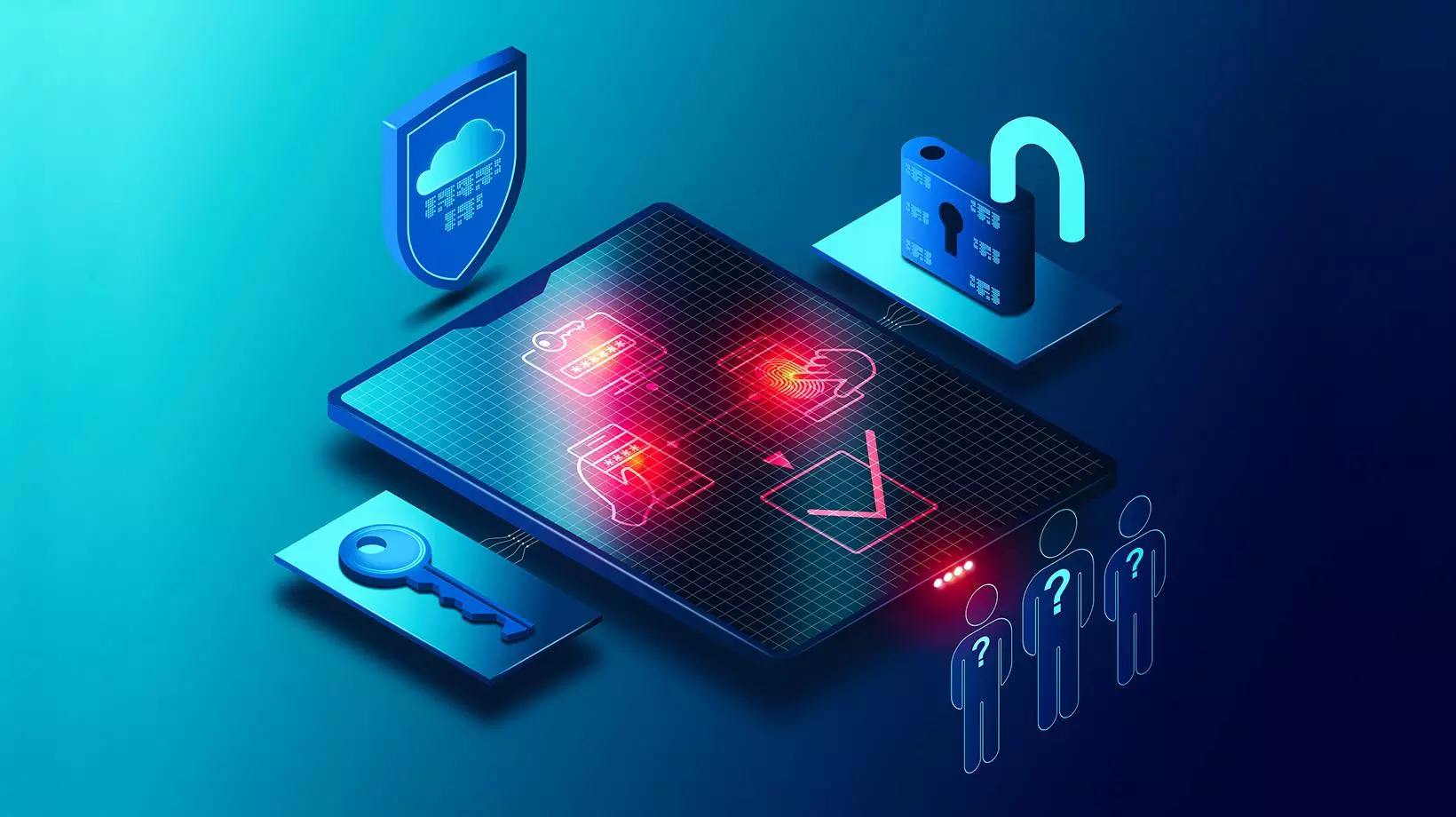At its simplest, the definition of authentication is the verification process, the determination of whether one is who they say they are. In computing terms, authentication refers to verifying a person or device. A common example is entering a username and password when someone signs into a website.
When a person enters their username and password, it lets the website know who they are and that it is the correct user accessing or trying to access the website. The password and username combination is one of the most common examples of authentication.
However, there are many types of authentication, and to understand authentication more, it is important to understand how it regularly fails.
How Authentication Fails
Authentication fails when the device or individual that accesses a database is not legitimate. In most cases, this results from an attacker stealing the person’s credentials. Credentials are stolen in many ways;
- Phishing: Phishing is an attack that attempts to steal a person’s identity by getting them to reveal their personal information, including such details as their credit card information, passwords, and bank information. Phishing scams are typically run by websites that pretend to be legitimate. Cybercriminals pretend to be reputable companies, friends, or acquaintances and send a fake message that has a link to a phishing website.
- Keylogging: Keystroke logging is the act of tracking or logging every keystroke entry made on a computer keyboard without the knowledge or permission of the user.
- Database theft: Database theft is also referred to as information theft. This is the illegal transfer or storage of personal or confidential information. Database theft can be used to steal information, access secure accounts, or set up credit cards.
- Social engineering: This is a general term that is used to describe the range of malicious activities and attacks that are perpetrated through human activities. Attackers typically use psychological manipulation to trick users into making security mistakes or giving away information.
- Password sharing: This happens when a person shares their credentials with someone else to have a shared account.
- Physical theft: This is when an individual gains physical access to a system that they should otherwise not have had access to because of the theft of a device or access to information left out in the open.
Other sources of authentication failures include situations where passwords are stored unencrypted, which allows attackers to access the information easily. Reuse of passwords is when a person uses the same password for different accounts. This increases the levels of vulnerability due to brute-force attacks and guessing. The same thing can happen in situations where a person uses easy-to-guess passwords.
MFA and How It is Compromised
One of the most common ways through which a person can prevent authentication issues is through multi-factor authentication (MFA). MFA is an authentication method that requires the user to provide two or more verification factors before they gain access to an application or online account.
However, there are many ways through which MFA can be compromised. One of the ways to compromise MFA is sim cloning. This attack targets information stored on mobile devices, copying software to duplicate the SIM card, allowing access to the person’s personal information.
Social engineering can also be used to gain information that would be used to circumvent MFA. Blank cheque attacks are another popular technique. These attacks typically have someone accessing a compromised machine and subsequently taking control of critical software after the machine has been accessed by a legitimate user.
The Rise of Task-Based – MFA – Biometric Solutions
Given the weaknesses of the traditional MFA systems, the tech world has evolved with newer forms that have moved far beyond simple MFA. The new types of MFA are referred to as task-based MFA and have since moved away from single-entry MFA.
In Asigra’s implementation of MFA, additional MFA requests are required for critical tasks. Those MFA requests can be routed to another person or a senior admin for authorization. This is especially useful for preventing attackers from making changes to the backup settings after an admin has gained access to a system logged into Asigra backup environments. It also prevents attacks from continuing in the event of a SIM cloning attack, assuming they don’t have the SIMs of all the backup and senior system admins.
Task-based MFA also uses biometric systems for authentication to simplify the authentication process. Biometric systems are more accurate and are more difficult to compromise. They use biological and behavioral characteristics to provide verification rather than using the traditional password system.
To find out how you can protect your business network and systems with MFA, contact the Asigra team today.





